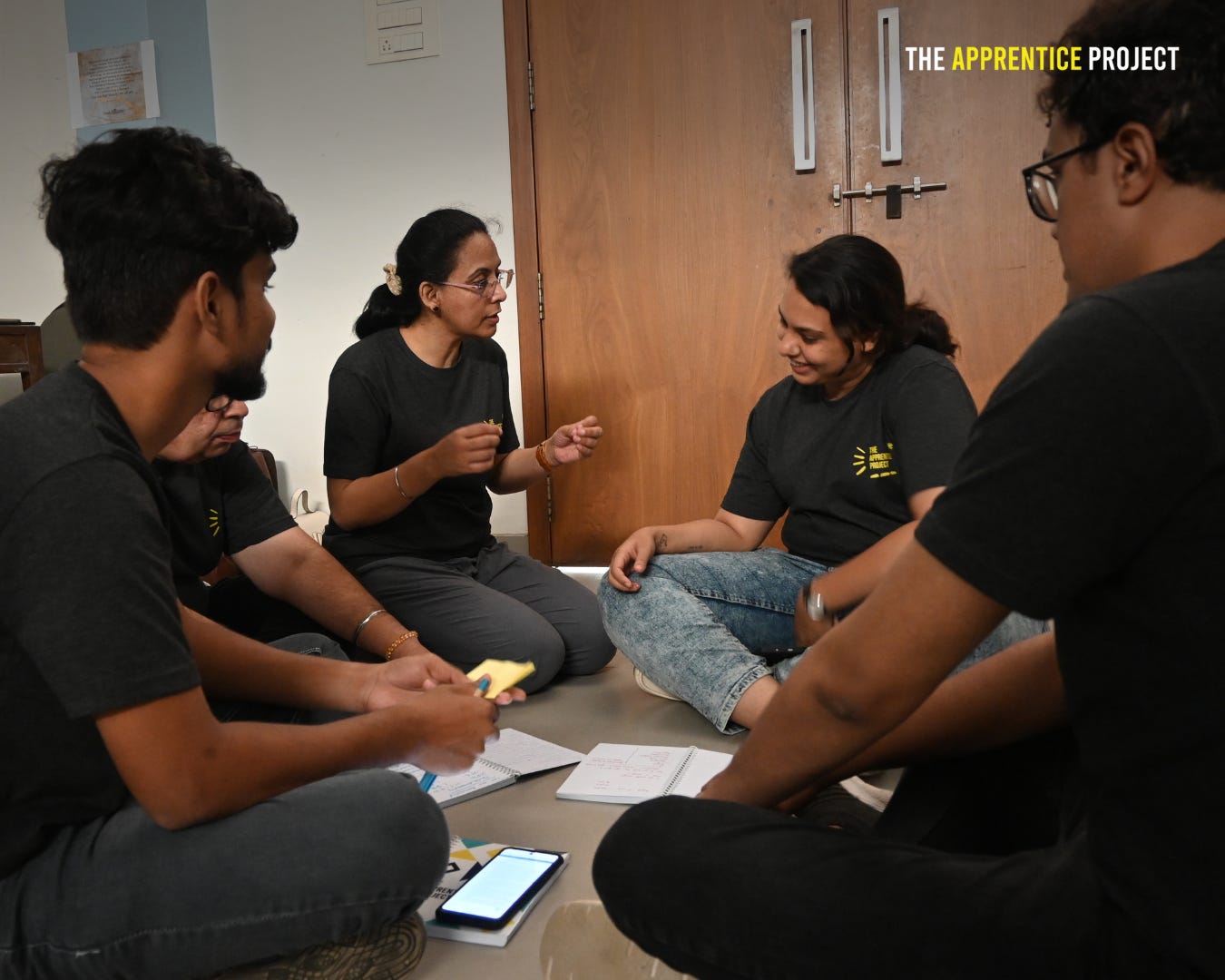How to Take Advantage of Feedback
Discover how to embrace feedback gracefully, and use constructive insights to fuel personal and professional growth.
Feedback is an essential component of personal and professional growth, and how we receive it can significantly impact our development. When we fully embrace relevant feedback given to us, it allows us to acknowledge things we’ve done well, and things we can improve on. While we can use SEL skills to make the most out of the feedback we receive, the feedback itself can be a valuable tool to further develop these skills.
Feedback is not criticism; it is a tool that provides insight into our strengths and areas for improvement.
Let's discover the keys to mastering the art of receiving feedback:
Active Listening: The Foundation of Receiving Feedback. When receiving feedback, practice active listening. Give your full attention to the person providing feedback, and refrain from interrupting. Avoid becoming defensive or immediately justifying your actions. Instead, take a moment to process the feedback before responding. Demonstrating that you are genuinely listening shows respect for the person giving feedback and creates an environment of open communication.
Adopt a Growth Mindset. A growth mindset is the belief that abilities and intelligence can be developed through effort and learning. Embrace the idea that receiving feedback is an opportunity to grow, rather than a judgment of your capabilities. A growth mindset enables you to approach feedback with curiosity and a desire to improve.
Ask for Clarification and Examples. If the feedback you receive is vague or unclear, don't hesitate to ask for clarification. Seek specific examples or scenarios where the feedback is applicable. Understanding the context and specific behaviors will help you better comprehend the feedback and take meaningful actions toward improvement.
Reflect and Evaluate. After receiving feedback, take time to reflect on the insights provided. Consider how the feedback aligns with your goals and values. Reflect on your own observations and self-assessment to gain a comprehensive understanding of your strengths and areas for improvement.
Create an Action Plan. Based on the feedback received, develop an action plan to address the identified areas for improvement. Set clear and achievable goals, and outline steps you can take to enhance your skills and performance. A well-defined action plan keeps you on track and focused on your growth journey.
Separate the Feedback from Your Identity. Receiving feedback can be emotionally charged, especially when it touches upon sensitive areas. Remember that feedback pertains to specific behaviors or actions and is not a reflection of your entire identity. Detach your sense of self-worth from the feedback and focus on the actionable steps you can take to grow.
Feedback is not criticism; it is a tool that provides insight into our strengths and areas for improvement. Embrace feedback with an open mindset, understanding that it is offered with the best intentions to support your growth. This is the key to continuous improvement that allows you to be the best version of yourself. It allows you to continuously practice and improve your SEL skills as well.
At The Apprentice Project, we believe such soft skills are critical to navigating the 21st century world. It is what allows individuals to be successful in all aspects of life. We believe that all students - regardless of their backgrounds - should have an equal opportunity to hone social and emotional skills. By developing these skills in school, students can be better prepared for success in their future careers.


